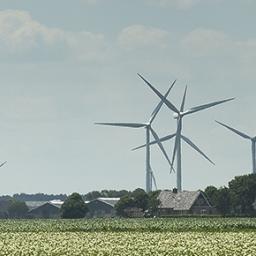Electricity- and hydrogen-driven energy system sector-coupling in net-zero CO2 emission pathways
Electricity- and hydrogen-based sector coupling contributes to realizing the transition towards greenhouse gas neutrality in the European energy system. Energy system and integrated assessment models show that, to follow pathways compatible with the European policy target of net-zero greenhouse gas emissions by 2050, large amounts of renewable electricity and H2 need to be generated, mostly by scaling-up wind and solar energy production capacity. With a set of such models, under jointly adopted deep decarbonisation scenario assumptions, we here show that the ensuing direct penetration of electricity and H2 in final energy consumption may rise to average shares of around 60% and 6%, respectively, by 2050.
We demonstrate that electrification proves the most cost-efficient decarbonisation route in all economic sectors, while the direct use of H2 in final energy consumption provides a relatively small, though essential, contribution to deep decarbonisation. We conclude that the variance observed across results from different models reflects the uncertainties that abound in the shape of deep decarbonisation pathways, in particular with regard to the role of H2.
Authors
Specifications
- Publication title
- Electricity- and hydrogen-driven energy system sector-coupling in net-zero CO2 emission pathways
- Publication date
- 4 February 2025
- Publication type
- Article
- Publication language
- English
- Magazine
- Nature Communications
- Issue
- 16, Article number: 1368 (2025)
- Product number
- 5850
